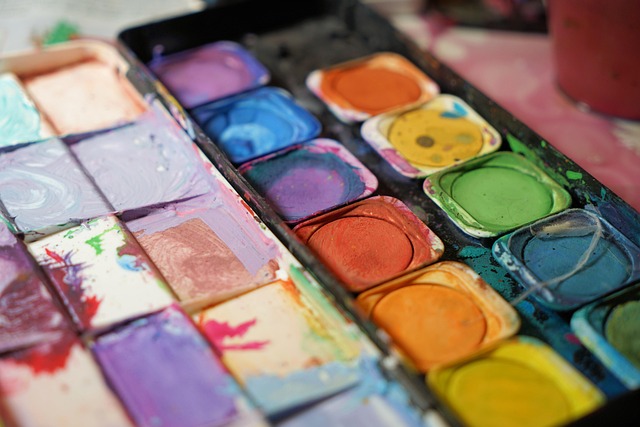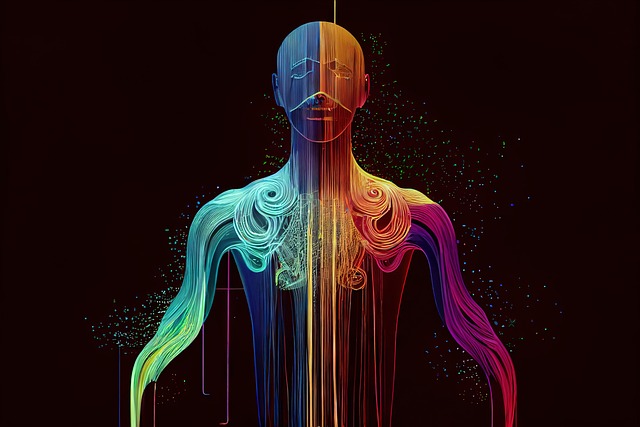Exploring the Intersection of Art and Design: The Evolution of Graphic Practice
In the ever-evolving world of creativity, the realms of art and design have long intertwined, creating a rich tapestry that reflects cultural shifts, technological innovations, and social narratives. Central to this conversation is the concept of graphic practice, an evolving discipline that spans across both artistic expression and functional design.
The Essence of Graphic Practice
At its core, graphic practice is about communication. It translates ideas into visual formats that can be universally understood. This practice has transformed dramatically, moving from traditional forms of print media to a digital landscape that allows for more interactive and dynamic experiences.
Art: The Creative Soul
Art has always been a freeform expression of human emotion, belief, and experience. Whether it’s a painting that stirs the soul or a sculpture that tells a story, art breathes life into the very essence of creativity. Graphic artists take inspiration from these profound emotional experiences, channeling them into their work. The use of color, form, and composition can evoke feelings and messages, bridging gaps and connecting cultures through visual storytelling.
Design: The Functional Heart
On the flip side, design is rooted in functionality and purpose. It is where ideas meet practicality; where aesthetics are balanced with user experience. Good design solves problems and enhances the way we interact with the world. In graphic practice, this becomes a pivotal element. Designers must think critically about how to convey messages effectively while still engaging an audience visually.
The Synergy Between Art and Design
The intersection of art and design within graphic practice creates a unique space where both imagination and functionality thrive. Consider the bold graphics of a campaign poster that harnesses the emotive power of art while simultaneously driving a message home. It’s this delicate balance that makes graphic practice so compelling.
A New Era of Tools and Techniques
As technology advances, so does the landscape of graphic practice. Digital tools offer unprecedented flexibility, allowing artists and designers to experiment and innovate in ways previously unimaginable. Software like Adobe Creative Suite and new platforms for collaboration (like Figma and Canva) have democratized design, making it accessible to both seasoned professionals and novice creators.
The Future of Graphic Practice
Looking toward the future, the boundaries of graphic practice continue to blur. With the rise of virtual reality, augmented reality, and AI-driven design processes, the possibilities are endless. As we embrace these emerging technologies, the traditional notions of art and design will further evolve, leading to a fusion that challenges our understanding of both fields.
In this vibrant landscape of graphic practice, the relationship between art and design is stronger than ever, inviting creators to push boundaries, provoke thought, and inspire change through their work. As we witness this evolution, one thing remains certain: the intersection of art and design will continue to shape our visual world, reflecting the complexities of human experience and culture.




